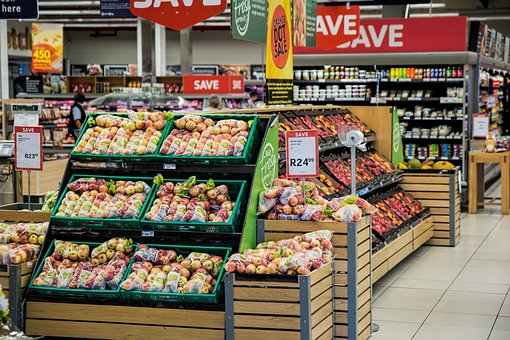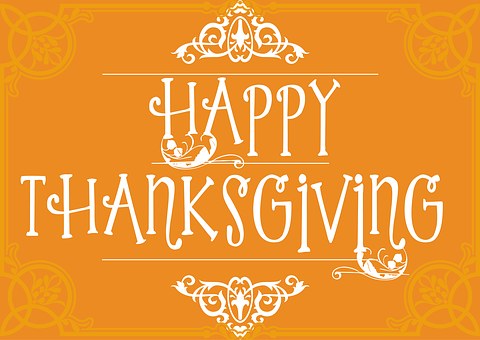 Today is December 31st, also known as New Year's Eve, a time when we say good bye to the old year and hello to the next year. Its a time of partying, of drinking, of eating herring or beans or other family tradition. It also provides a wonderful set of activities we can integrate into the math classroom.
Today is December 31st, also known as New Year's Eve, a time when we say good bye to the old year and hello to the next year. Its a time of partying, of drinking, of eating herring or beans or other family tradition. It also provides a wonderful set of activities we can integrate into the math classroom.Yummy Math has a lovely activity focused on the Times Square celebration. It provides a time line of the Times Square ball from 1907 to the present. The activity asks students "What they wonder?" and "What questions they have?".
When I saw the data, my first thought was to graph it by diameter, weight, or number of bulbs used in the ball. From a bit of research I've done, the pole is 141 feet and the ball is geared to drop in 60 seconds even back in 1907.
However, it is possible to research the number of people who go to watch the ball drop and create a ratio of number in the square vs the number of citizens in New York City at the same time. For instance, I know there were 200,000 who turned out of a population of approximately 6 million people. Since most of my students have not been out of Alaska, they have no idea what Times Square looks like. I'll be honest, I am only familiar with the picture they show but have no idea what it looks like.
This is where Google Earth comes in handy. It is possible to pull up the area where the Times Square ball is dropped so students can explore it using street view. They can also look at the over head view to see what the area looks like and get a better idea of the restrictions placed on the number of people who can view the ball dropping.
Its possible to find the numbers of people who visited Times Square over various years and find approximate populations for New York City at the same time to find a ratio. It is possible to also determine the density for the area based on a bit of research.
Although viewing the dropping of the ball doesn't cost anything, it requires people start assembling in the area around the ball by 3 PM but if you want a prime view with dinner in a warm area, then people buy tickets for hotel activities. This can easily be researched on line. I did a quick search and discovered tickets are available for $999 to about $1400 per person depending on the hotel.
The costs of a party at a hotel provides possibilities for creating infographics, charts comparing what you get when you purchase a ticket to watch the ball from the warmth of a penthouse event.
Let me know what you think, I'd love to hear. Have a great day.













































